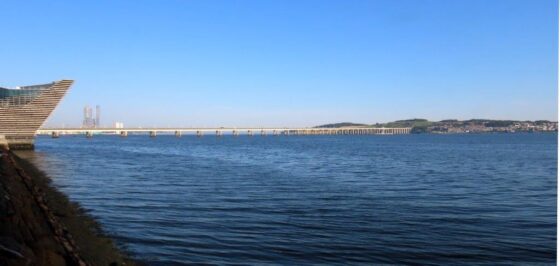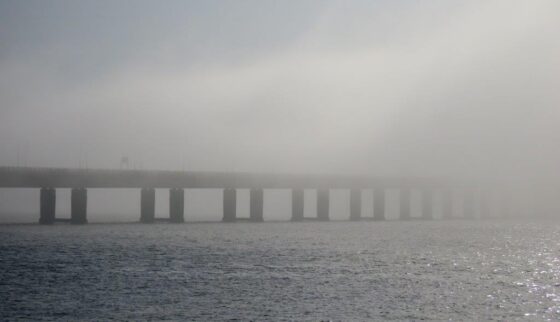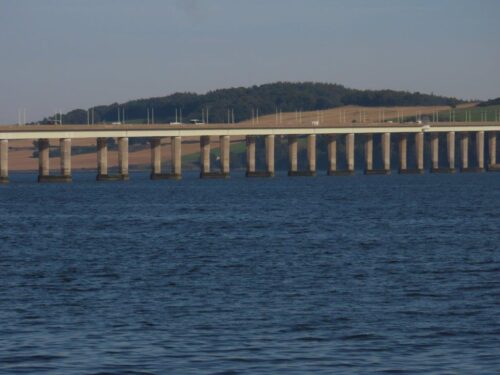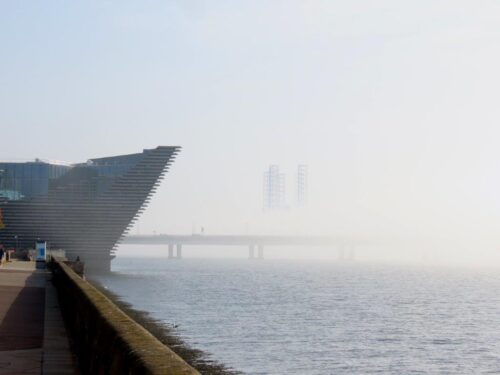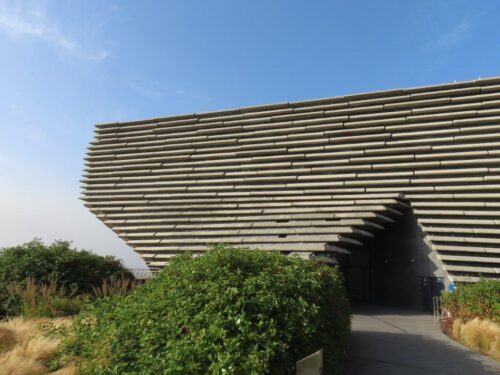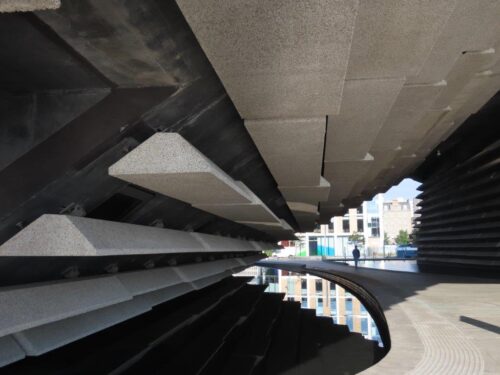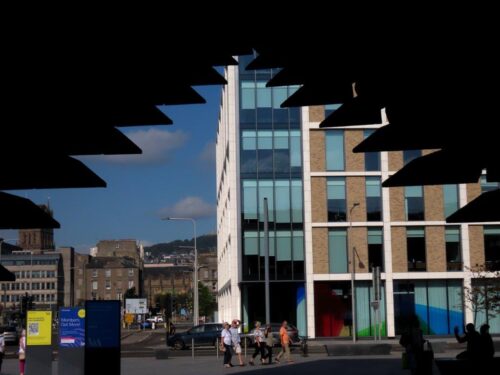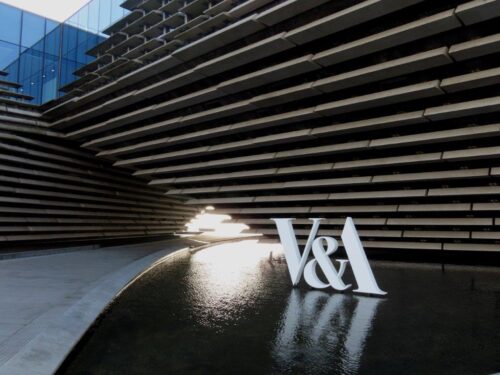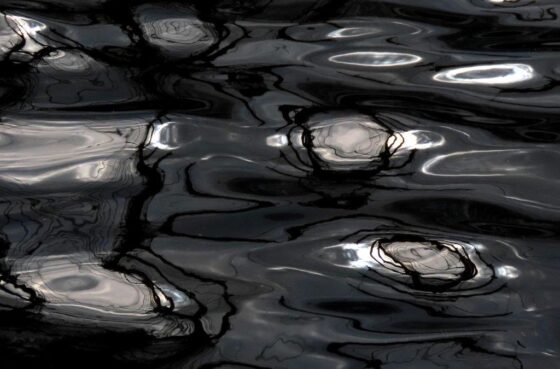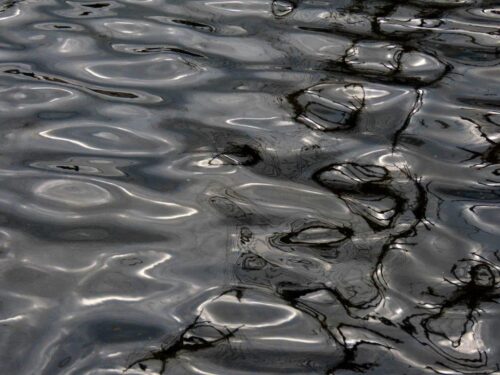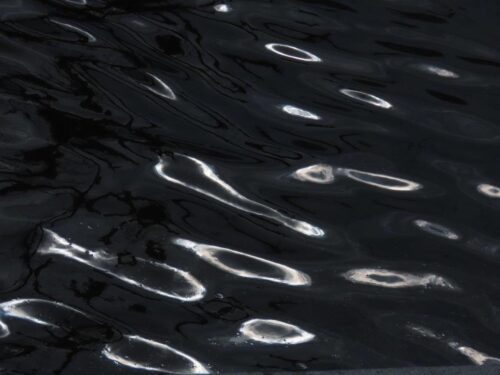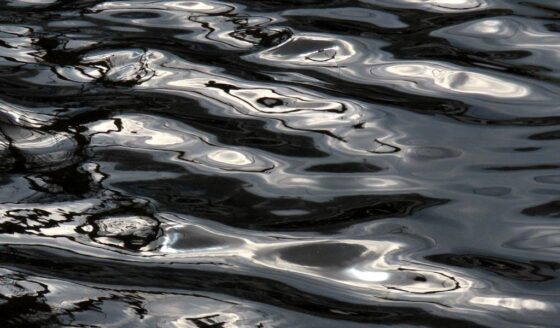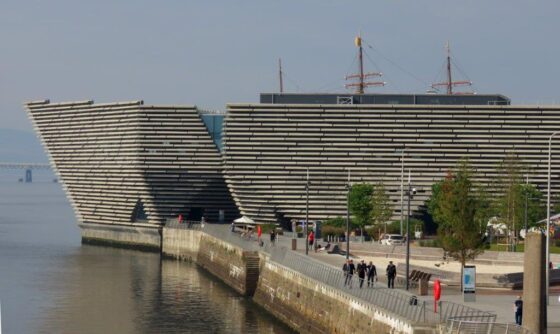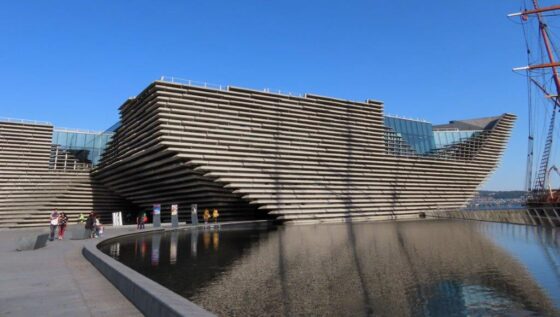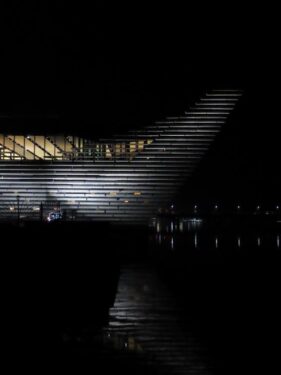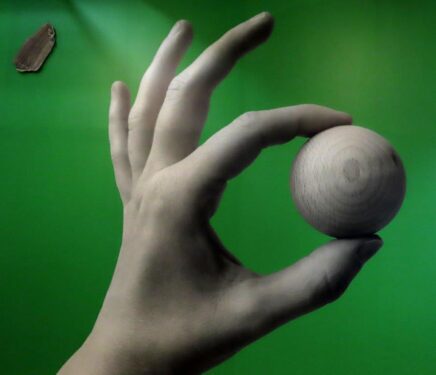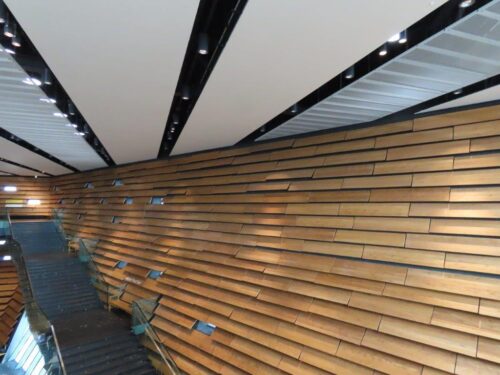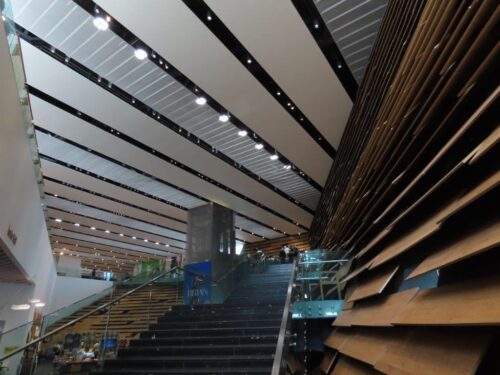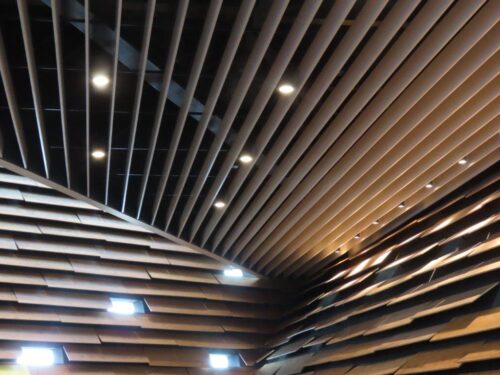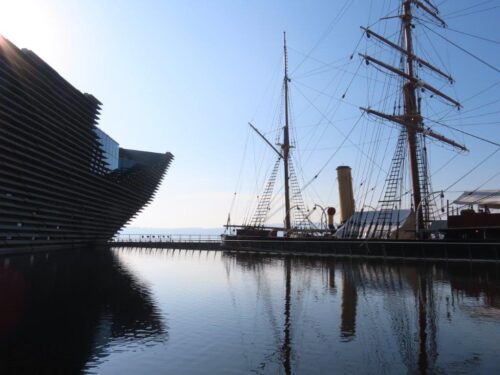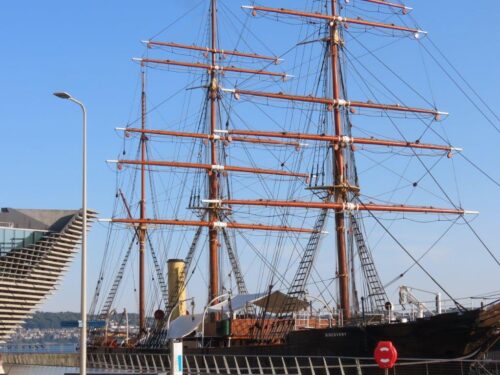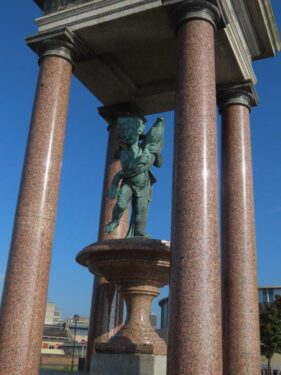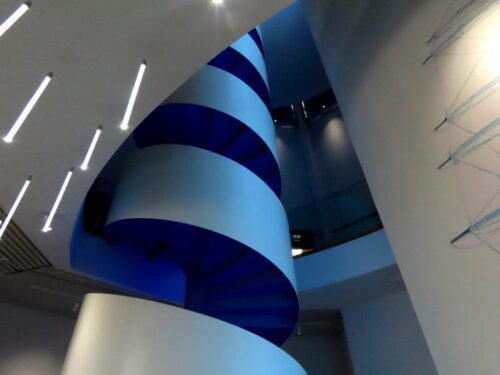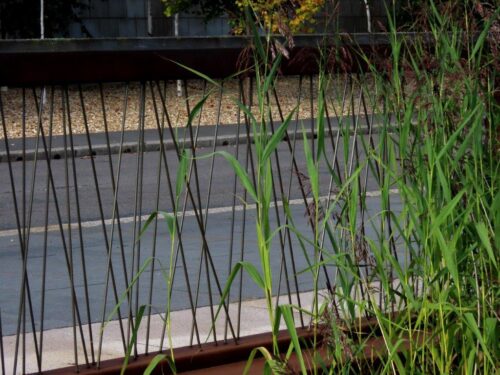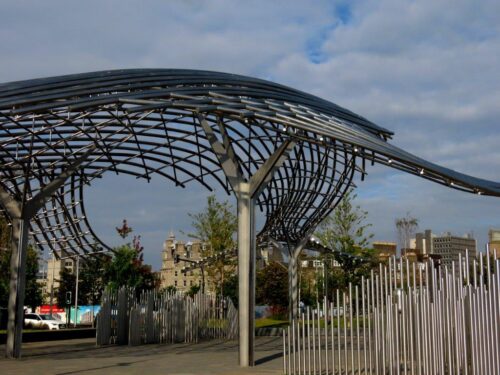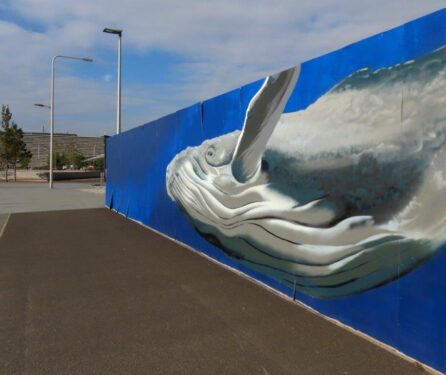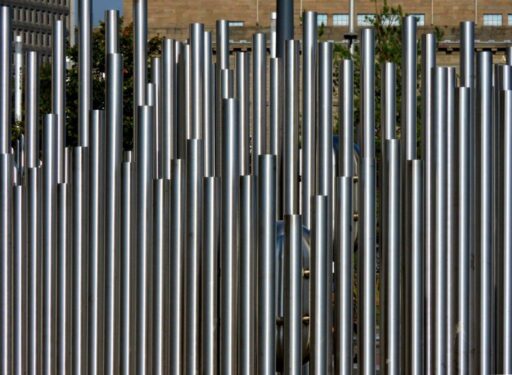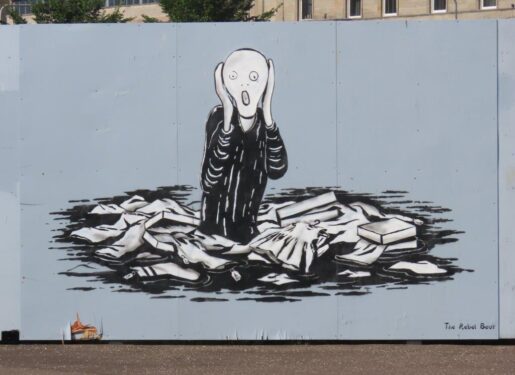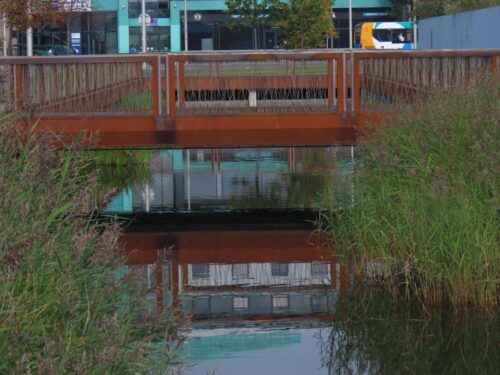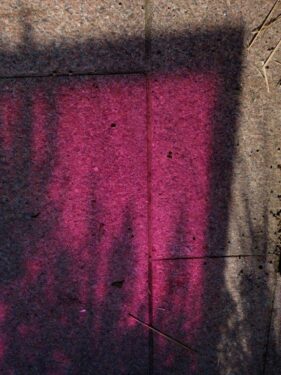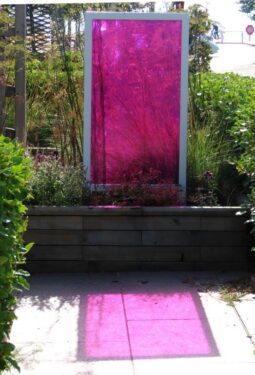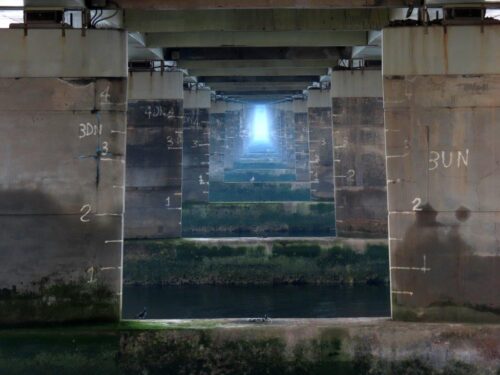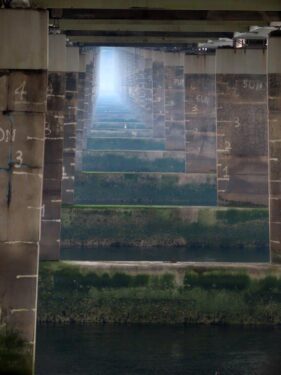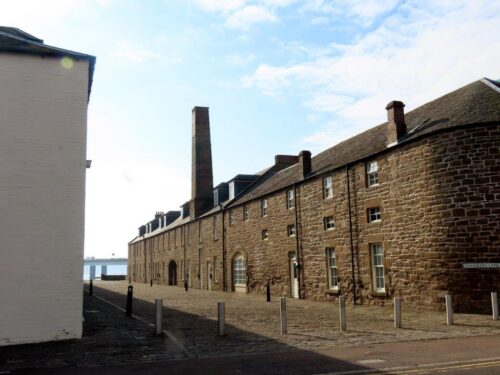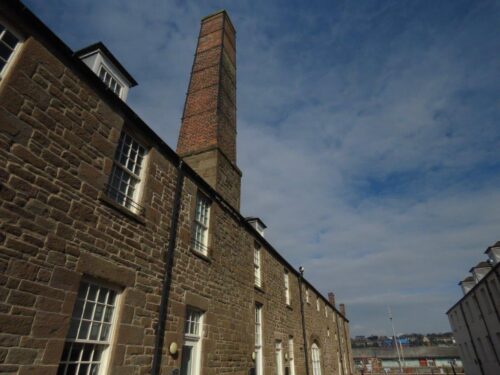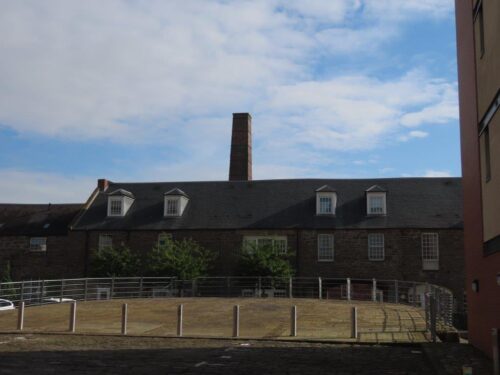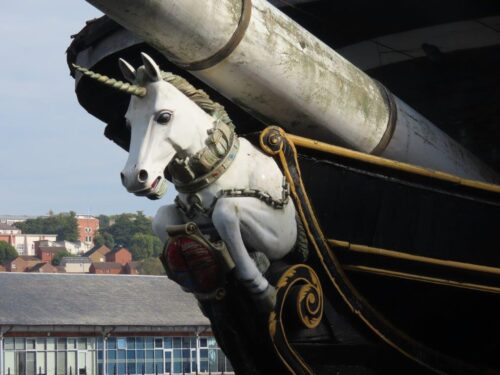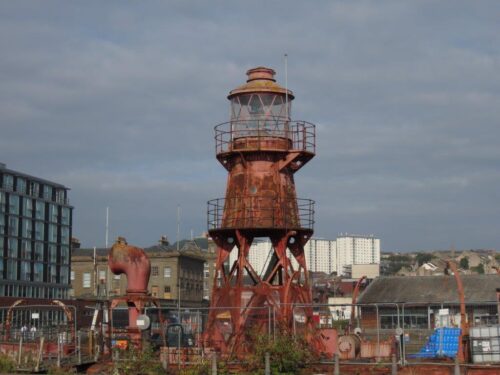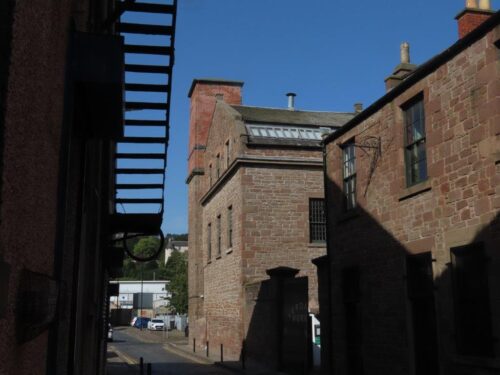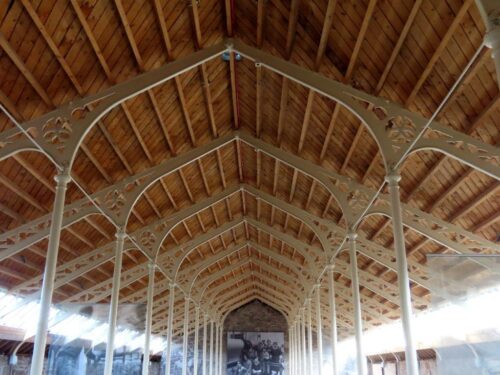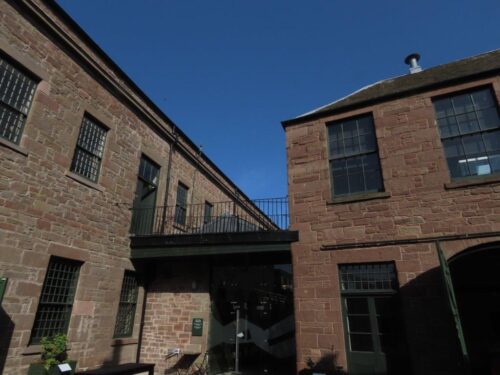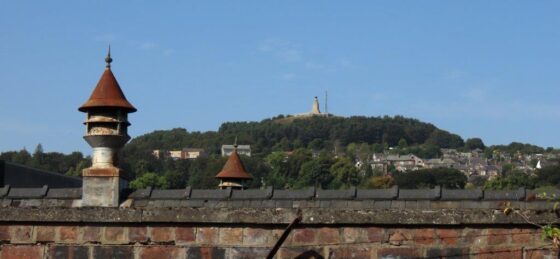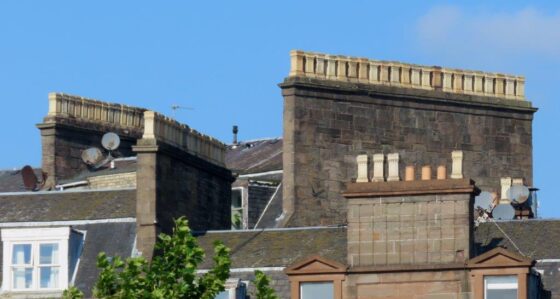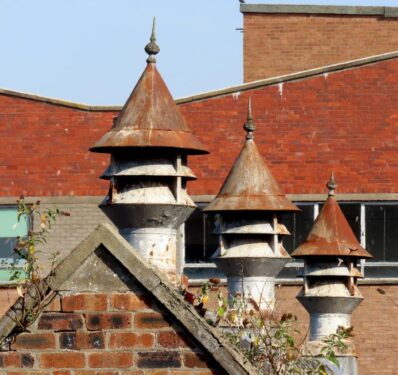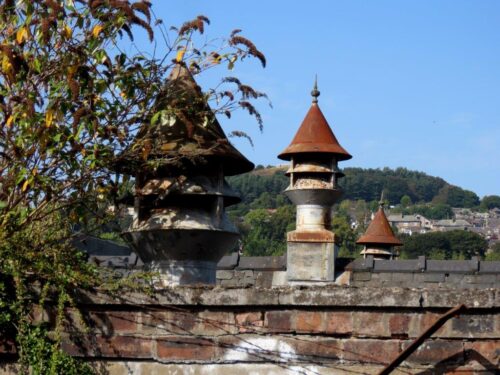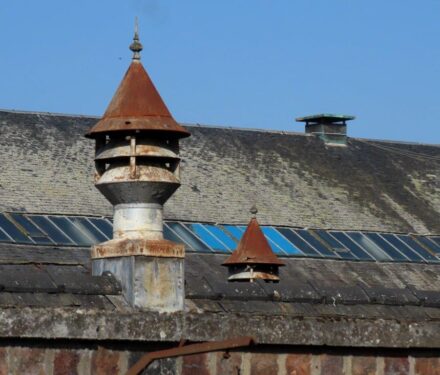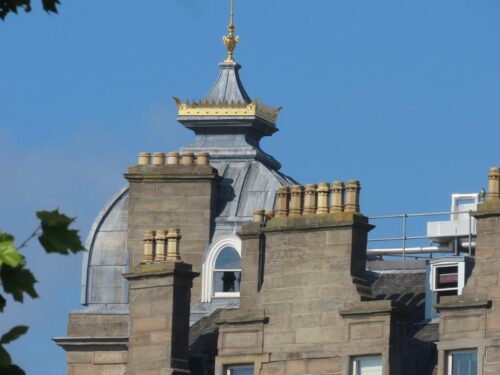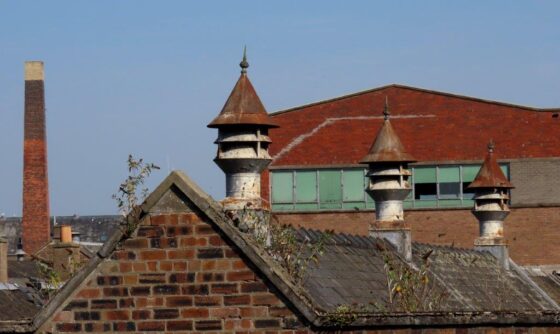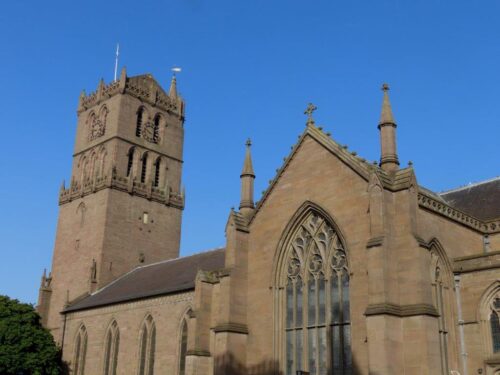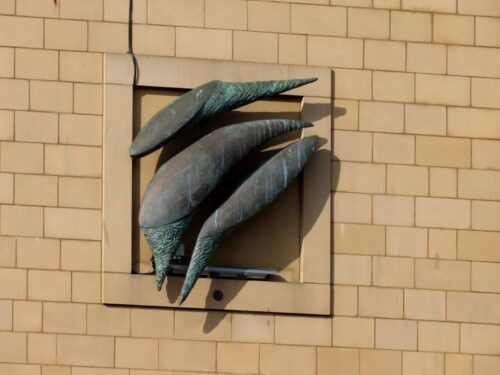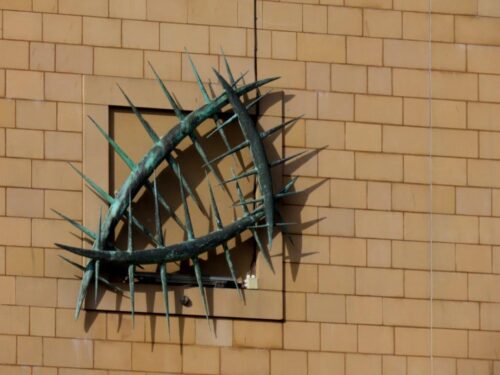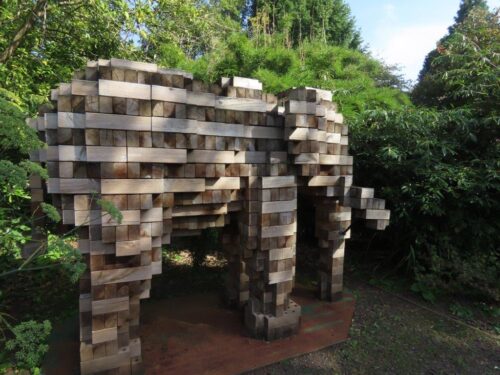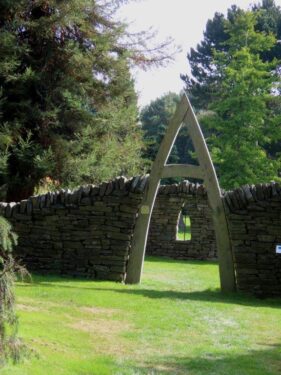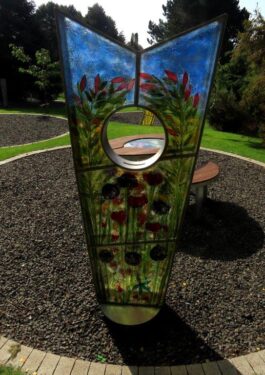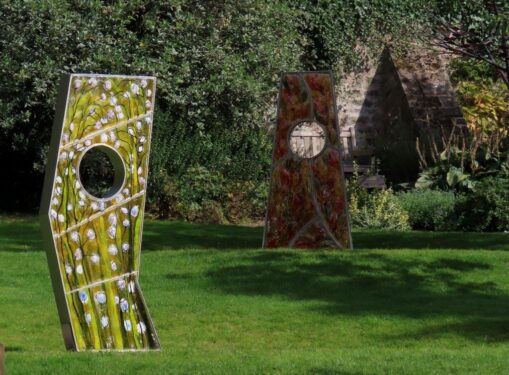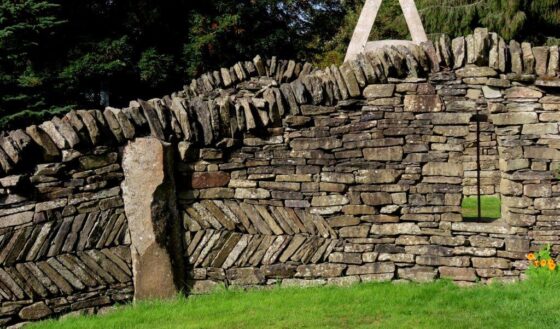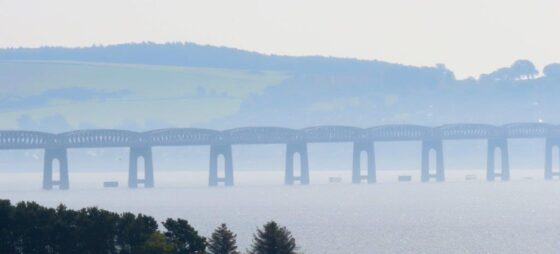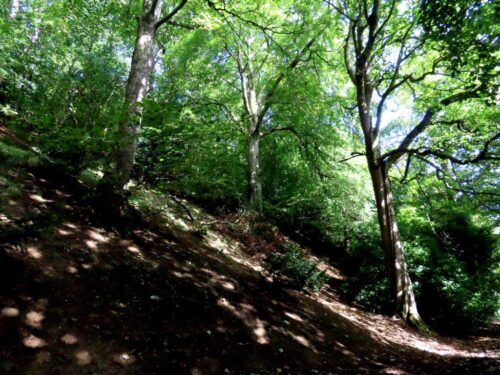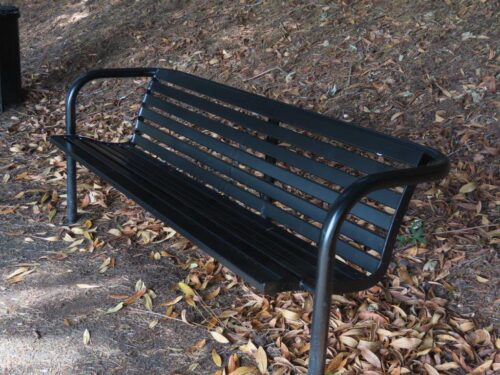A couple of weeks ago as the south baked under an unprecedented September heatwave, we had fortuitously booked a rail trip to eastern Scotland where although still lovely and sunny, the temperatures were much more amenable.
This is the first of four blogs covering those six days. Dundee for the first two nights proved to be very exciting and full of interest, and now for me a real challenger to Glasgow as my favourite Scottish city. In no small part that is down to the best-located Premier Inn we have ever been to, overlooking the ever changing beauty of the Firth of Tay, the road and rail bridges spanning the water east and west respectively.
A couple of hundred metres along the waterfront is its cultural heart, the magnificent new V&A design museum, the thing that drew us to Dundee in the first place.
A shapeshifter of a building, close up it seems to be a heavily stratified sea cliff…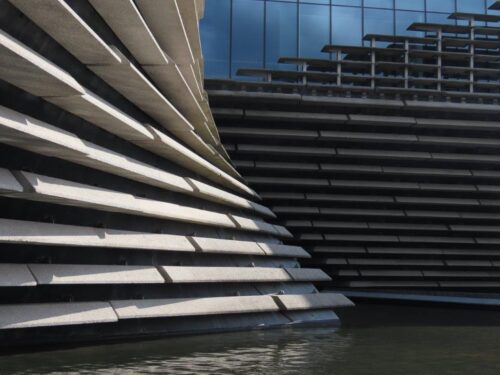
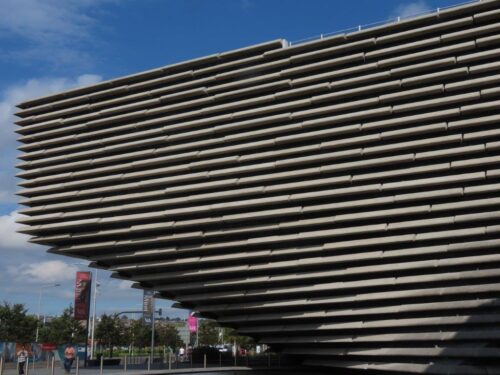
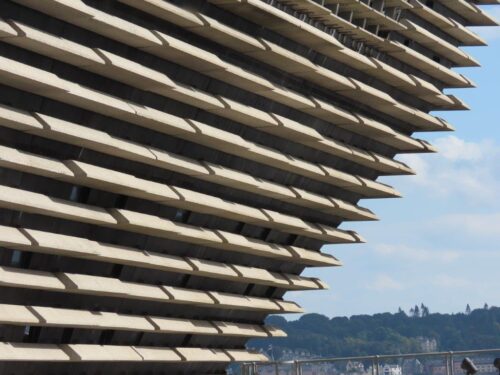
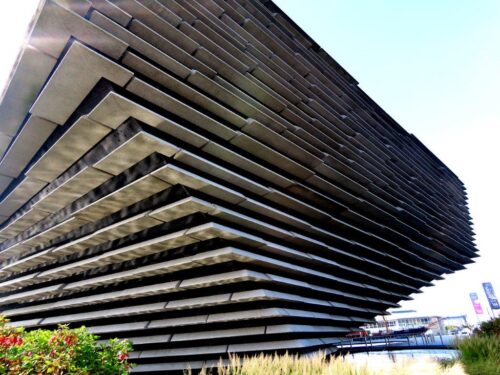
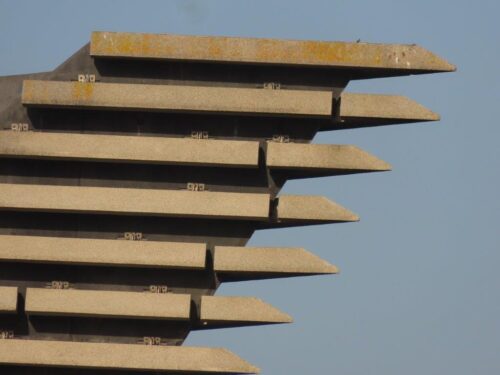
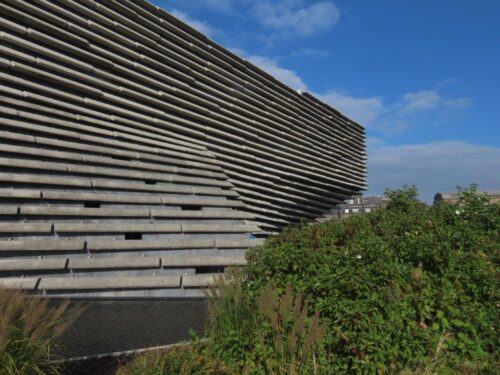
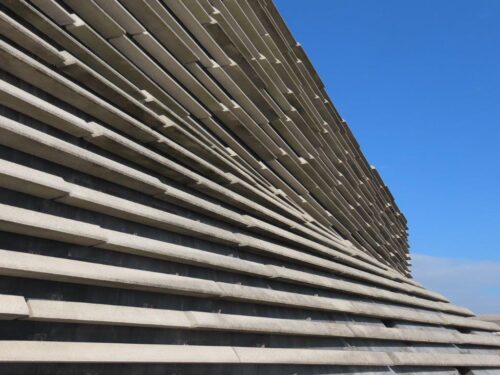
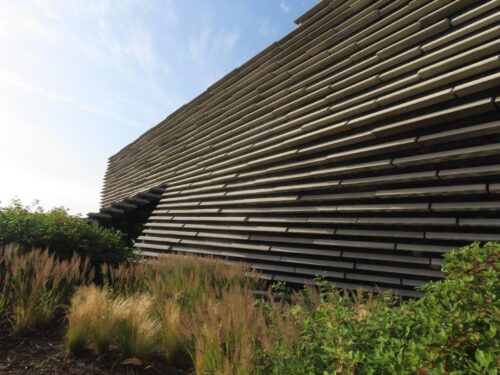
… while walking into and under it has all the echoing moistness of a remote sea cave, with ever-changing reflectascapes in its rockpools:
From further away, it transforms into a cruise liner echoing Dundee’s past as a major trading port.
And then from another angle, it is nothing less than an snapping leviathan from the deep – yes, the city has a whaling past too.
A delight to be alongside, at any time of night or day:
Inside the museum there’s some photogenic building design features and interesting artwork and exhibits:
Alongside the V&A is berthed the RRS Discovery, Scott’s vessel for his first Antarctic expedition, with visitor centre:
And the Slessor Gardens, full of sculpture, art… and yes plants too, including fences cleverly reflecting the organised chaos of a reedbed!
Then we came to the Tay Road Bridge, a low-rise affair, but providing remarkable disappearing vistas through its underbelly…
And finally on the waterfront (for now – there are plans for an Eden Project there in the gasworks of the old East Dock), the transformed docks surrounded by historic (and modern) buildings. The dock has its historic vessels too, the HMS Unicorn and a lightship rusting into oblivion in a very fetching manner.
Away from the water, the jute-milling past of the city is now firmly in the past: the many jute mills have mostly been demolished or repurposed as flats. But one remains to keep the memory alive, the Verdant Works museum. Described to us by a friend as ‘the best museum ever’, the other reason for us visiting Dundee, and we found it hard to disagree with that assessment.
Other cityscapes included the two hills rising out of it, numerous chimneys, churches, art and other buildings, many in a pleasing warm local red sandstone that didn’t match our southerners’ preconception of a dour Scots town (helped by the sunshine and blue skies!).
Our final main location was of course the Botanic Garden. More about the plants and other wildlife there in the next blog, but it also features interesting art and sculpture, along with views across the firth.
It probably says something about our age, but a highlight of our walk home from the Botanic Garden around Balgay Hill was what we both agreed was the most comfortable park seat ever. Well done to the City Council!
More than enough to keep us fully entertained for a couple of days, it is a city to which I suspect we will return.
